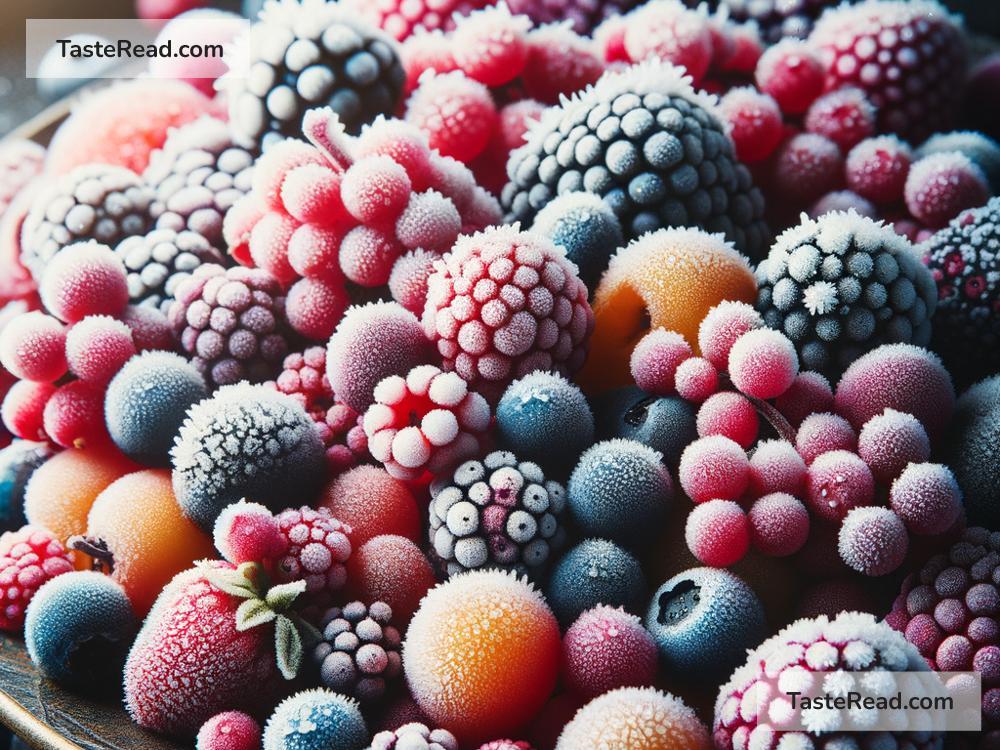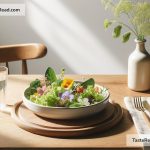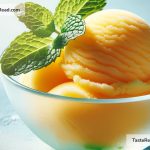How to Shoot Frozen Foods for the Best Texture and Detail
Frozen foods have a charm all their own – think of the inviting glint on a strawberry’s frost-coated surface or the appealing roughness of a scoop of mint chocolate chip ice cream. Capturing these details in photographs, however, is not always straightforward. If you’re looking to photograph frozen foods in a way that brings out their best texture and detail, you’re in for a treat. Here’s a simple guide on how to do just that.
Understand the Light
Lighting plays a pivotal role in photography, and when it comes to frozen foods, it becomes even more crucial. The goal is to highlight the texture and make those ice crystals sparkle. Natural light is your best friend for this purpose. Position your frozen subject near a window where it can bask in plenty of indirect natural light. Avoid direct sunlight as it can cause harsh shadows and melt your subject quickly.
If natural light is not an option, consider using a softbox or a diffused light source to mimic natural light’s soft, even qualities. The key is to avoid harsh, direct light that can flatten the textures you want to emphasize.
Choose the Right Background and Props
When shooting frozen foods, the background and props you choose can make a big difference. Go for backgrounds and props that contrast with the food in terms of color and texture. A dark slate board, for example, can make the vibrant colors of frozen berries pop, and a wooden board can add warmth to the cool tones of ice cream. Keep the props simple to avoid distracting from the food’s texture. A minimalist approach often works best, letting the food’s detail be the hero of your shot.
Get Up Close and Personal
One of the best ways to capture texture is by getting close to your subject. Use a macro lens if you have one, as it’s designed to capture small details sharply. Focus on the most interesting part of the food – be it the frost on a blueberry or the intricate swirls of ice cream. Playing with angles can also reveal textures not seen from a traditional top-down perspective. Try shooting from the side or at a 45-degree angle to give depth to your photographs and make the textures stand out.
Mind the Meltdown
Frozen foods melt – it’s a simple fact you’ll have to work around. To minimize melting during your shoot, work quickly and efficiently. Have everything set up – from lighting to background to camera settings – before you bring out the frozen food. You might also want to use a stand-in item while you get everything ready, to ensure that your actual subject is only out of the freezer for the minimum amount of time.
Another trick is to freeze your subject thoroughly before the shoot. Items that are super frozen tend to melt more slowly, giving you more time to work. For ice cream, a quick trick is to pre-scoop it and then refreeze the scoops. They’ll hold up better during the shoot.
Experiment with Editing
Post-processing is another opportunity to enhance the texture and detail of your frozen food photographs. Use editing software to adjust the contrast, clarity, and sharpness of your images. Increasing clarity can make the textures more pronounced, while playing with contrast can deepen the shadows and highlights, making the details pop. Be careful not to overdo it – the aim is to enhance the natural beauty of the food, not turn it into something artificial.
Practice Makes Perfect
Like any other photography niche, shooting frozen foods comes with a learning curve. The more you practice, the better you’ll understand the interplay of light, texture, and temperature. Take notes on what works and what doesn’t, and don’t be afraid to experiment. Photography, at its core, is an art form driven by curiosity and creativity.
Capturing the beauty of frozen foods in photographs is a rewarding challenge. It’s about celebrating the details – the way light dances on a frosty surface or the intricate patterns of ice crystals. By mastering the techniques of lighting, composition, and temperature control, you can take stunning photographs that preserve the ephemeral beauty of frozen foods in all their textured glory.


